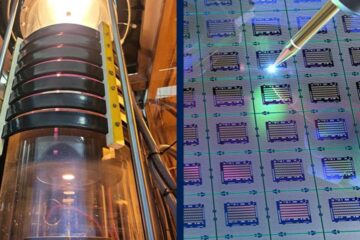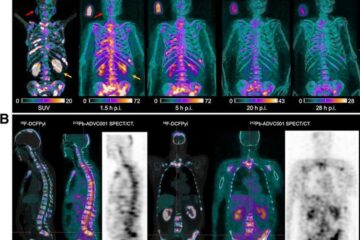Pain-free childbirth? Get real!

Most women's labour experiences differ markedly from their expectations. They are often ill-prepared for what might happen and consequently may be disappointed when the birth does not “go to plan”.
The study's authors conclude that antenatal programmes should “get real”. “People involved in antenatal care should listen to women’s hopes for labour whilst also preparing them for what might actually happen during labour,” said Joanne Lally of Newcastle University, who led the investigation.
“Plans for a labour free of pain relief need to be complemented by preparing women for the possibility that they might need pain relief. Education can help to fill the gap between expectation and experience and thus ensure women are realistically prepared for their birthing experience.”
The research team from Newcastle University studied published literature on women’s expectations and experience of pain and pain relief in labour. They found that a gap exists between expectations and experience in four key areas: the level and type of pain, access to pain relief, the level of participation in and control over decision–making, and the level of control during labour.
Most of the literature reviewed showed that women underestimate the intensity of the pain they will experience and sometimes hold an unrealistic ideal for a drug-free labour. Indeed, in one study, more than half of the women interviewed who said they would not use pain relief actually did use it.
”Our analysis highlights the importance of antenatal education. It can empower women to have realistic expectations and make informed decisions,” notes the author.
“If women can be better educated they can express their preferences but also be aware that things may not always go to plan. They can then be prepared for different eventualities and so make more realistic decisions and have a better experience.”
Birth plans or other decision aids can assist women when making decisions about pain relief in labour, but evidence suggests these are not widely used. Recent guidelines published by the National Institute for Clinical Excellence (NICE) call for more research into how health professionals can effectively support pregnant women in making informed decisions about labour.
Media Contact
All latest news from the category: Health and Medicine
This subject area encompasses research and studies in the field of human medicine.
Among the wide-ranging list of topics covered here are anesthesiology, anatomy, surgery, human genetics, hygiene and environmental medicine, internal medicine, neurology, pharmacology, physiology, urology and dental medicine.
Newest articles

Silicon Carbide Innovation Alliance to drive industrial-scale semiconductor work
Known for its ability to withstand extreme environments and high voltages, silicon carbide (SiC) is a semiconducting material made up of silicon and carbon atoms arranged into crystals that is…

New SPECT/CT technique shows impressive biomarker identification
…offers increased access for prostate cancer patients. A novel SPECT/CT acquisition method can accurately detect radiopharmaceutical biodistribution in a convenient manner for prostate cancer patients, opening the door for more…

How 3D printers can give robots a soft touch
Soft skin coverings and touch sensors have emerged as a promising feature for robots that are both safer and more intuitive for human interaction, but they are expensive and difficult…





















